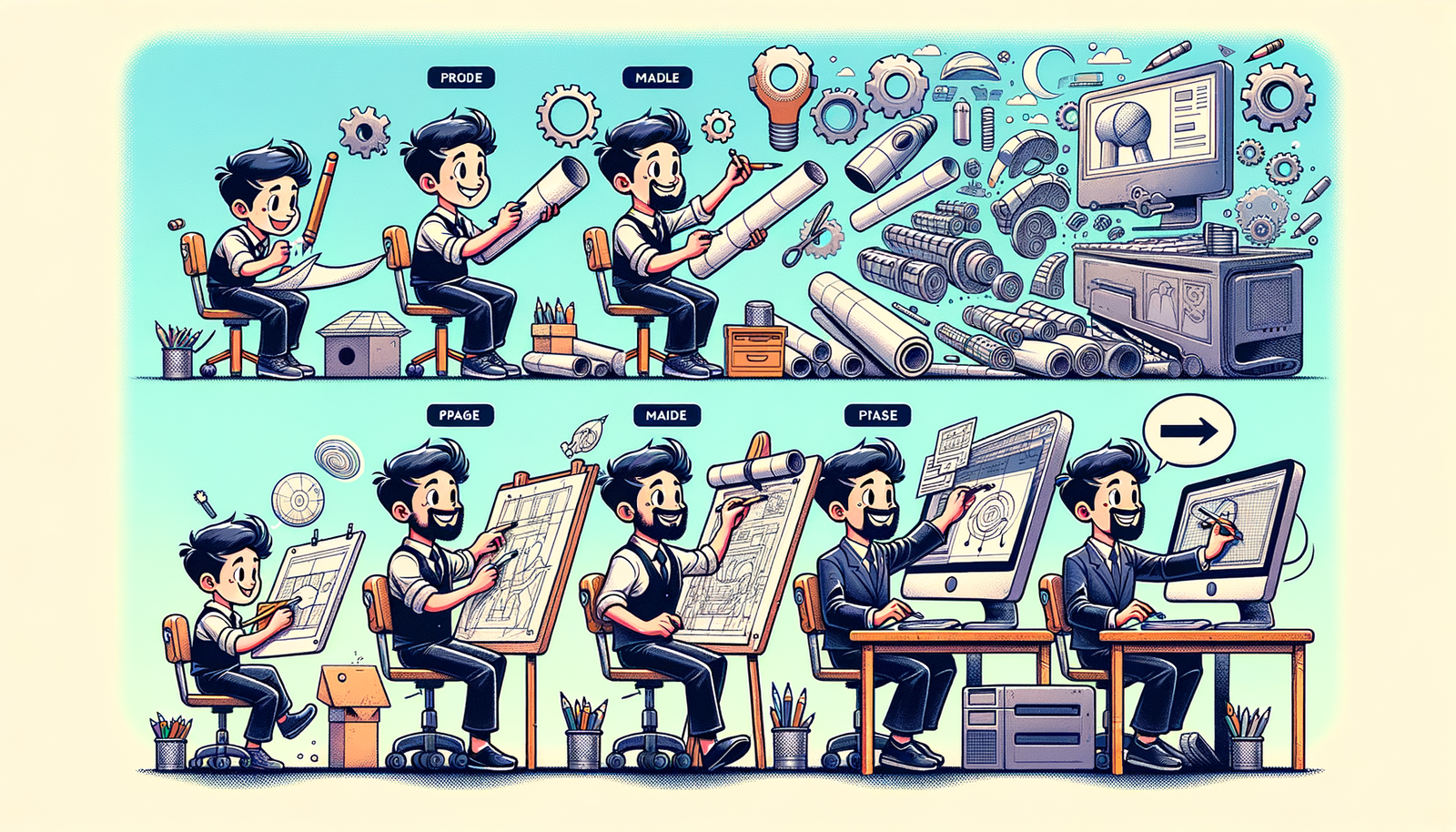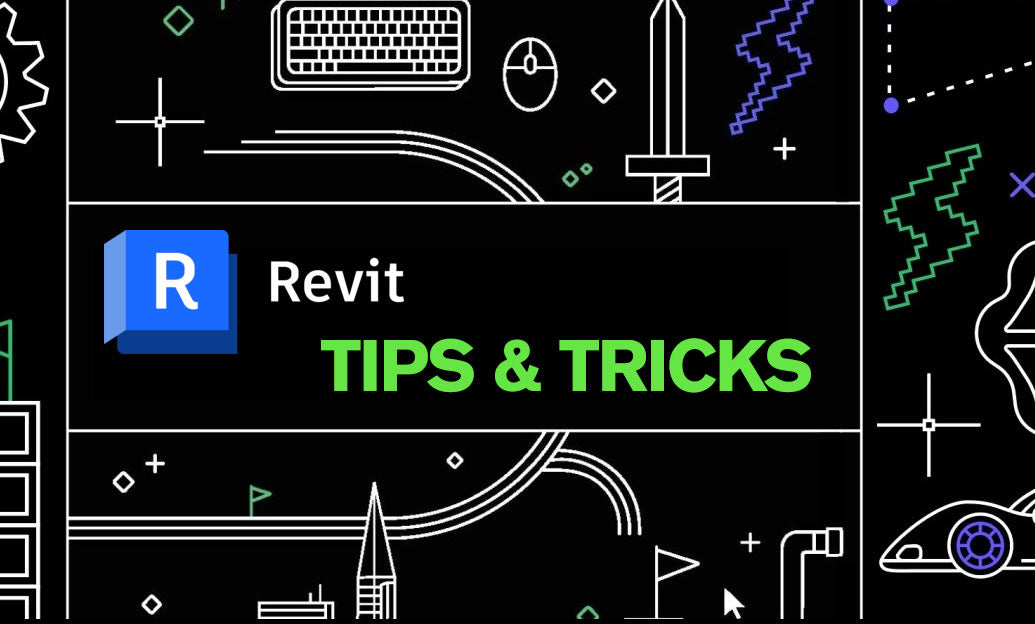Your Cart is Empty
Customer Testimonials
-
"Great customer service. The folks at Novedge were super helpful in navigating a somewhat complicated order including software upgrades and serial numbers in various stages of inactivity. They were friendly and helpful throughout the process.."
Ruben Ruckmark
"Quick & very helpful. We have been using Novedge for years and are very happy with their quick service when we need to make a purchase and excellent support resolving any issues."
Will Woodson
"Scott is the best. He reminds me about subscriptions dates, guides me in the correct direction for updates. He always responds promptly to me. He is literally the reason I continue to work with Novedge and will do so in the future."
Edward Mchugh
"Calvin Lok is “the man”. After my purchase of Sketchup 2021, he called me and provided step-by-step instructions to ease me through difficulties I was having with the setup of my new software."
Mike Borzage
Design Software History: History of Alias: Revolutionizing Industrial Design with Digital Tools
July 04, 2024 4 min read


The Genesis of Alias
Founding and Early Days
Alias was founded in 1983 by Stephen Bingham, Nigel McGrath, Susan McKenna, and David Springer. These pioneers saw the potential of digital tools to revolutionize industrial design, especially in the automotive sector. However, the early days were not without challenges. The team had to navigate the complexities of developing software for a niche market that was still heavily reliant on traditional design methods. Their initial product development was focused on creating a robust platform that could handle the demanding needs of industrial designers.
Initial Focus
The primary focus of Alias during its formative years was on the industrial design and automotive industries. The founders understood that these sectors required highly precise and flexible digital tools to replace or augment the existing manual processes. The introduction of digital tools in these industries was seen as a game-changer, offering unprecedented levels of precision and efficiency. Alias aimed to provide designers with the ability to create, refine, and visualize their concepts in ways that were not possible before.
Technological Innovations and Milestones
Core Technologies and Features
One of the most significant technological innovations introduced by Alias was the use of Non-Uniform Rational B-Splines (NURBS) for precision modeling. NURBS allowed for the creation of smooth, complex curves and surfaces, which were essential for automotive and industrial design. This technology was a breakthrough, enabling designers to create models with a level of detail and accuracy that was previously unattainable.
Alias was also an early adopter of 3D modeling and animation tools. These tools provided designers with the ability to create three-dimensional representations of their designs, allowing for more thorough evaluations and refinements. The combination of NURBS and 3D modeling positioned Alias as a leader in digital design tools.
Key Software Releases
The first major release of Alias software, Alias 1.0, made a significant impact on the design industry. It offered a suite of tools that allowed designers to create detailed and accurate models. Over the years, Alias evolved through various iterations, including Alias Studio and Alias Surface. These versions introduced new features and enhancements, further solidifying Alias's position in the market.
- Alias 1.0: Introduced foundational features and gained initial industry traction.
- Alias Studio: Enhanced user interface and added advanced modeling tools.
- Alias Surface: Focused on automotive design with specialized features for surface modeling.
Major Updates and Features
Throughout its history, Alias has continually introduced innovative features that have pushed the boundaries of what is possible in digital design. These updates have included advances in visual effects, animation, and rendering, which have expanded the software's applications beyond industrial design into the fields of film and entertainment. Alias's contributions to visual effects are particularly noteworthy, as the software has been used in the creation of some of the most iconic scenes in modern cinema.
Industry Impact and Adoption
Automotive Design
Alias has had a profound impact on the automotive industry. Major automotive companies like General Motors, Ford, and BMW have adopted Alias software for their design processes. The software's ability to create highly accurate and detailed models has made it an invaluable tool for designing both concept cars and production vehicles. The adoption of Alias in the automotive sector has led to significant improvements in the efficiency and quality of vehicle design.
Product and Industrial Design
Beyond automotive design, Alias has been widely adopted in various other industries, including consumer electronics and sports equipment. The software's versatility and powerful features have made it a favorite among designers in these fields. Alias has been used to create a wide range of products, from smartphones to sporting goods, demonstrating its broad applicability and effectiveness in industrial design.
- Consumer electronics: Streamlined the design process for complex electronic devices.
- Sports equipment: Enabled the creation of innovative and high-performance sports gear.
Collaborations and Partnerships
Alias has also established numerous collaborations and partnerships to enhance its functionality and reach. The company has worked closely with educational institutions to train future designers in the use of its software. By integrating Alias into design curricula, these institutions have helped to ensure that the next generation of designers is proficient in digital design tools.
Additionally, Alias has partnered with other software companies to integrate complementary functionalities. These partnerships have allowed Alias to offer a more comprehensive suite of tools, further solidifying its position as a leader in the design software industry.
Legacy and Future Prospects
Acquisition by Autodesk
In 2006, Alias was acquired by Autodesk, a leading provider of design software. The acquisition marked a significant milestone in the history of Alias, as it allowed for the integration of Alias's advanced modeling tools with Autodesk's broad range of design solutions. The transition was smooth, and Alias quickly became a key component of the Autodesk ecosystem, benefiting from Autodesk's extensive resources and expertise.
Current Status and Future Developments
Today, Alias continues to be a vital tool for industrial designers, particularly in the automotive sector. The software has evolved to incorporate new technologies and features that address the changing needs of designers. As part of Autodesk, Alias benefits from ongoing development and support, ensuring that it remains at the forefront of design software.
Looking to the future, Alias is poised to continue its legacy of innovation. Emerging trends in industrial design, such as the increased use of additive manufacturing and the integration of artificial intelligence, are likely to influence the development of Alias. These advancements promise to further enhance the capabilities of the software, making it an even more powerful tool for designers.
Influence on Modern Design Software
The influence of Alias on modern design software cannot be overstated. Many of the features and technologies pioneered by Alias have become standard in the industry. The use of NURBS for precision modeling, the integration of 3D modeling and animation tools, and the focus on user-friendly interfaces are all innovations that have been adopted by other design software developers.
Alias's legacy is evident in the wide range of contemporary design tools that incorporate elements of its technology and design philosophy. By pushing the boundaries of what is possible in digital design, Alias has made a lasting contribution to the industry, shaping the tools and processes that designers use today.
Also in Design News
Subscribe
Sign up to get the latest on sales, new releases and more …





